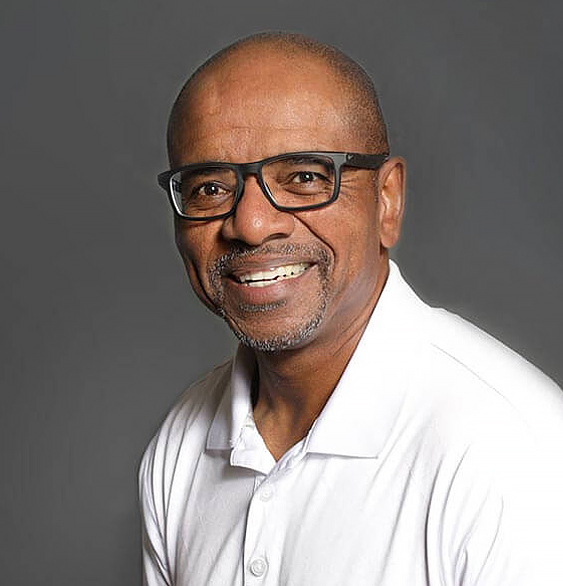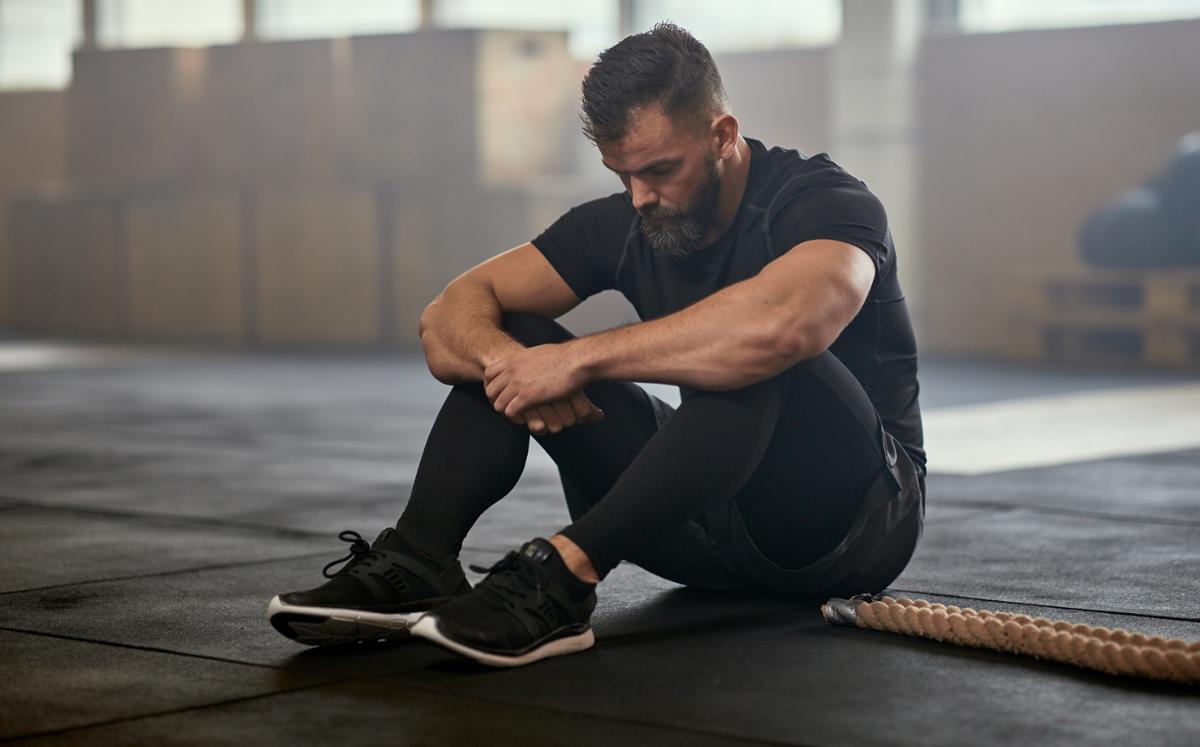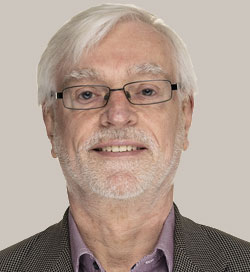The most difficult and challenging thing to deal with was the uncertainty of when, and if, it would end. I tried to keep up the positive self-talk that there would be light at the end of the tunnel, but the longer the symptoms persisted, the more I started to wonder if I would have to make dramatic changes to my lifestyle.”
As someone who enjoyed optimal health and does all the things our industry advises for a healthy lifestyle, ACE’s president and chief science officer, Dr Cedric Bryant, did not expect to suffer from Long COVID, especially as his initial infection was mild and short-lived. So it came as a massive shock when – four weeks after his 36-hour illness – he woke up unable to grip with his left hand. The joint pain swiftly swept through his body and tests showed his inflammatory markers were elevated to alarming levels.
A rheumatologist diagnosed it as post-COVID reactive arthritis and said it could take between several weeks to a year to resolve. Seven weeks later the joint pain abated only to be replaced with chronic fatigue from any type of exertion. “That was when I became a member of the Long COVID club,” says Bryant. “I thought the joint pain was awful, but the extreme fatigue associated with the lightest levels of mental or physical exertion was even more troubling.
“Prior to having that experience I would edit books and manuscripts for hours while exercising on the treadmill, but after an hour or so of brain activity post-COVID I’d have to take a nap,” he says. “I love to exercise, but the lightest level of exertion just wiped me out. After a low level, 10-minute session on a recumbent bike, I would feel as though I’d run a marathon in terms of fatigue.”
Widespread issue
It’s difficult to put a number on how many people have Long COVID, as symptoms are so varied that some cases may be undiagnosed. More than 200 symptoms have been associated with the condition. The most common are fatigue, shortness of breath, loss of smell and muscle aches. Others include insomnia, anxiety and depression, stomach issues, a temperature, rashes, heart palpitations, brain fog, joint pain and chest pain.
The World Health Organization estimates 10 per cent of people go on to develop the condition after an infection, while a UK study puts the number at 30 per cent. The Office for National Statistics says 2.1 million people in the UK were experiencing symptoms of Long COVID in December 2022.
According to the National Center for Health Statistics, more than 40 per cent of adults in the US have reported having COVID and 19 per cent of those had symptoms of Long COVID – that’s 7.5 per cent of American adults.
How can health clubs help?
Given these figures, there are likely to be a number of Long COVID sufferers among your membership who will be getting frustrated and downhearted that they can’t take part in their favourite workouts. Or they’ll persist in doing so, only to be knocked out for days afterwards, experiencing a cycle of frustration and despair.
Bryant recommends against discouraging them from coming to the club, because that will be negatively affect their mental state, but encourage them to do a very gentle workout, focusing on stretching and mild movement, with some core work: “Be prepared for lots of trial and error, because no two Long COVID sufferers are the same,” he says. “Have good lines of communication, ask lots of questions and treat the person as a true individual.”
For Bryant, the improvements came after about four months. They weren’t quick, but there was a continuous gradual upward progression. “I took the tortoise approach: starting low and going slow. Beginning with five or 10 minutes of cardio, below the talk test threshold and seeing how my body tolerated it. If I was fine I would add a minute or two each time. Once I got up to 20 or 30 minutes of activity, I started to increase the intensity and it took about six weeks to get back to a normal workout.”
While the gradual approach to rehabilitation is universal, Bryant points out that no two people will have the same experience, so it’s important to ask a lot of questions, find out their current exercise tolerance and tailor the comeback accordingly.
“Often in our industry there’s the mentality that you can do a bit more, but in this instance we should do the opposite,” he says. “Encourage them to be patient. Help them to identify small wins and signs of progress: this could do wonders in making them feel more hopeful.”
What to avoid
Bryant also gives some recommendations about what not to do. “Don’t minimise or invalidate your clients’ experience and be careful not to share the experience of someone else you know, because everyone’s journey is different.
“And even though it comes from a good place, don’t say things such as “you’ve got this” or “you’re going to get through this,” he says. “While it’s well intentioned and nice to say such things, it’s somewhat meaningless when you can’t sit at your computer for more than half an hour. Listen more and counsel less.”
A concerted effort is underway to understand the condition and establish how to treat it. The UK government has invested more than £50m into research, run by the National Institute of Health and Care Research (NIHCR). Studies are looking into who gets Long COVID and its biological causes, as well as evaluating treatments, recovery and rehabilitation and the impact of the vaccination programme.
• A new study, Long COVID outcomes at one year after mild SARS-CoV-2 infection, by the KI Research Institute and Maccabi Healthcare Services and led by Maytal Bivas-Benita, found for those with an mild illness, most Long COVID symptoms resolve within a year, with outcomes being more favourable in those who had been vaccinated, however, for those with more severe infections, it can persist for an indeterminate time.
























































